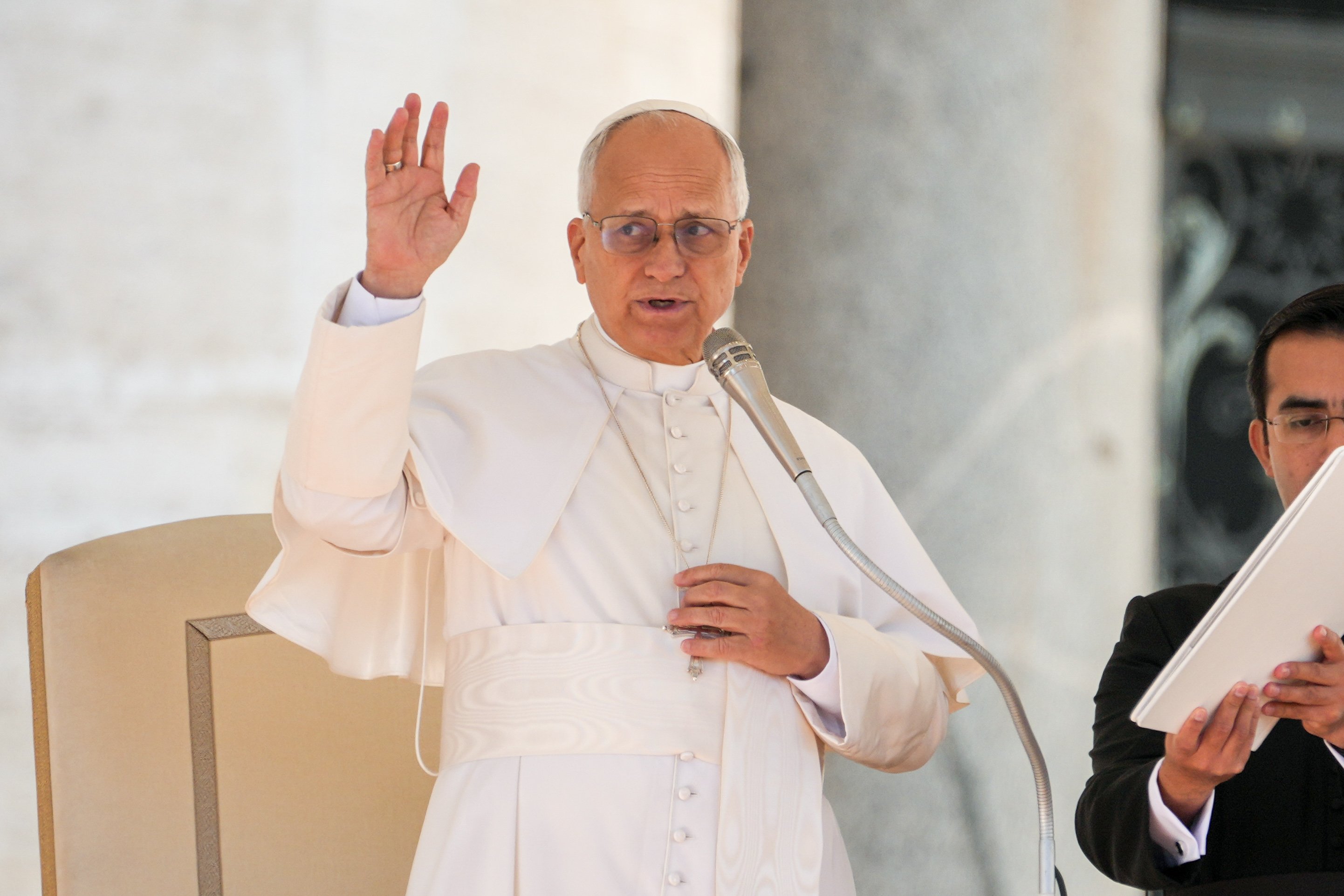April 6, 2018 at 1:53 p.m.
PERSPECTIVE
Noting Catholic service during WWI centennial
This month marks the centennial of America's entry into World War I. The American Church's response to the conflict helped to prove to the entire country that Catholics were patriotic citizens whose wartime service, sacrifices and support helped bring about victory and protect freedom.
With the outbreak of the Great War in 1914, Catholics, like the majority of Americans, hoped the United States could keep out of the conflict. Over the next few years, circumstances kept drawing the country closer to war.
The drowning deaths of 128 Americans in 1915 when a German submarine sunk the Lusitania and the revelation of the German attempts to lure Mexico into an alliance against the United States helped turn public opinion toward involvement in Europe.
In April 1917, President Woodrow Wilson asked for a declaration of war against the German Empire. The bishops of the United States immediately made known the Catholic position in response to war, stating: "Our people, as ever, will rise as one man to serve the nation.
"Our priests and consecrated women will once again, as in every former trial of their country, win by their bravery, their heroism, and their service, new admiration and approval. We are all true Americans, ready as our age, our ability and our condition permits, to do whatever is in us to do for the preservation, the progress and triumph of our beloved country."
The Diocese of Albany immediately mobilized to support the American war effort. One week after the declaration of war, Bishop Thomas Cusack placed the Catholic institutions of the Diocese, including five hospitals, at the disposal of the government, in case of need.
In the first year of American participation in the war:
• More than 12,000 enrolled in the Diocesan Catholic Women's Service League, organized by Bishop Cusack, to provide support for the war effort.
• Bishop Cusack presented a motor truck to Company C, Albany Battalion, 10th Infantry.
• 10,000 Catholic men paraded in a religious and patriotic demonstration from State Street to Madison Avenue to Eagle Street in Albany. The Bishop reviewed the parade and gave benediction from a temporary altar before the cathedral.
• Men from across the Diocese served in uniform, including 165 from Cathedral parish.
• The Diocese conducted a campaign to raise $80,000, its estimated share toward maintaining Catholic chaplains who supported American servicemen and women.
From April 1917 to November 1918, a million Catholic men served in the armed services, out of a Catholic population of 17 million. It is estimated that 35 percent of the Army and almost 50 percent of the Navy was Catholic.
Thousands of Catholic women also served American military and government agencies such as the Army Nurse Corps, Signal Corps, and as Yeomen (F) in the Navy and Marine Corps.
More than 1,100 priests served as chaplains -- one of the most well-known being Rev. Francis P. Duffy of the "Fighting 69th," the famous New York City Irish regiment. The first and last chaplains to die in the war were Catholic priests.
Catholic War Relief was organized at the parish level. More than $115 million was raised to support those in service and help address the devastation in Europe through the auspices of the National Catholic War Council, which would, after the war, evolve into the National Catholic Welfare Conference. Today, it's known as the U.S. Conference of Catholic Bishops.
Catholic organizations, such as the Knights of Columbus, the Daughters of Isabella and the Catholic Daughters of America focused on war relief efforts and running centers at home and abroad to offer religious, cultural and recreational services to Catholics in uniform.
The National Catholic Almanac lists the following firsts in World War I that went to Catholics: first soldier wounded, first army officer killed, first sailor killed, first nurse wounded, first American to die on enemy ground, first prisoner of war and first to meet the enemy in the air.
Catholics earned the first Distinguished Service Cross, the first women's award of the Distinguished Service Cross, the first Navy award of the Congressional Medal of Honor and the first Army Aviation award of the Congressional Medal of Honor.
The American Catholic experience in World War I was a truly national effort that brought the Church and its believers into the daily life of our nation. The Catholic response allowed many Americans an opportunity to move past prejudices previously held against many immigrant groups, and to begin to see Catholics as productive citizens and neighbors.
Catholic war preparedness also provided the framework for an even greater Catholic mobilization with the outbreak of World War II, a quarter-century later.[[In-content Ad]]
SOCIAL MEDIA
OSV NEWS
- Pope Leo’s four favorite films
- Bishop Seitz ‘very optimistic’ religious worker visa issue will soon see ‘positive developments’
- US bishops advance new sainthood cause for ‘Good Samaritan’ Jesuit priest
- USCCB president warns against partisanship; nuncio urges bishops to follow pope’s ‘maps of hope’
- New English version of Bible to be called The Catholic American Bible
- Churches should be joyful places of sharing gift of faith, pope says
- ‘Leo from Chicago:’ Vatican releases new documentary on pope’s early years
- Archbishop Coakley and Bishop Flores are elected president and vice president of USCCB
- Survey: Young adult Catholics are the most engaged and most at risk of leaving the church
- U.S. bishops to Pope Leo: We ‘will continue to stand with migrants and defend everyone’s right to worship free from intimidation’








Comments:
You must login to comment.